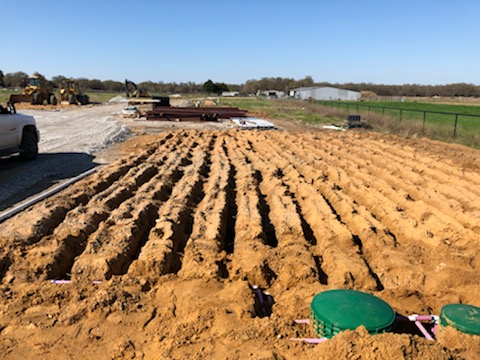
Septic Systems Explained
What is a Septic System?
A septic tank is an underground chamber made of concrete, fiberglass, or plastic through which domestic wastewater flows for basic treatment. Settling and anaerobic processes reduce solids and organics, but the treatment efficiency is only moderate. Septic tank systems are a type of simple onsite sewage facility. (Courtesy of Wikipedia.)
Due to the fact that septic systems treat and get rid of household wastewater at the site, it is considered more economical than your typical sewer system for rural areas where houses sit on larger lots and are further apart from each other. Because of simpler designs and aesthetics, septic systems are generally less expensive to install, repair, and maintain.
How Does a Septic System Work?
A septic tank is a watertight box containing an inlet and outlet pipe that is traditionally made of concrete or fiberglass. The wastewater from toilets, bathtubs, showers, and sinks flows from the home through the sewer pipes and into the septic tank. Here the wastewater is treated by holding the wastewater long enough for solids and liquids to separate, forming three layers inside the tank. Lighter solids(ex. greases and oils) float to the top and create a layer of “scum.” Heavier solids settle to the bottom of the tank and create a layer of “sludge.” This leaves partially cleared wastewater in the middle.
Naturally occurring bacteria inside the wastewater works to break down the scum and sludge inside the tank. Whatever cannot be broken down remain in the tank until it is pumped. (See maintenance section.) The middle layer of semi-clear liquid flows out of the septic tank to a designated drain field which is prepared some distance away from the home. The drainage area can be a series of trenches, or a bed lined with gravel or sand, that is buried 1-3 feet below the surface. Usually perforated pipes are placed throughout the trenches to distribute the wastewater across the area. The wastewater slowly trickles from the pipes out into the gravel or sand, and then down through the soil which all acts as a biological filter.

Leave a Reply